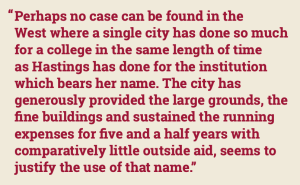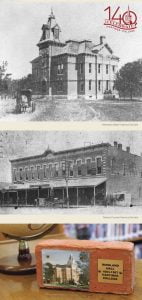
It was a casual question raised in conversation among friends chatting in a small frontier store on the northwest corner of Hastings Avenue and Second Street, long before the streets were named Hastings Avenue and Second Street. They didn’t know it at the time, but this simple question would be the beginning of a now 140-year-old institution, one with a mission to provide young people with a well-rounded education and a free invitation into the Hastings community. As the years progressed, the mission of Hastings College would continue to evolve, yet hold true to its foundational values.
It was Samuel Alexander, A.L. Wigton and A.D. Yocum, three of the most influential figures in the early Hastings community, who first pondered the idea of what would become Hastings College, but ultimately the establishment of Hastings College was a feat made possible only by the support and involvement of the entire community of Hastings.

Wigton, editor of the Hastings Journal, presented the idea of opening a Presbyterian college in his newspaper on August 19, 1873, which was met with overwhelming support.
The next nine years would be a struggle as community members attempted to turn their bright ideas into reality. Through severe drought, grasshopper plague and multiple denials of financial support from the Synod at Presbytery of Kearney, the dream of Hastings College never faltered. Eventually, advocates for the College turned to local support, and in the spring of 1882, 93 citizens of Hastings donated a total of $11,050 to fund the beginnings of the College.
Hastings College officially opened its doors on September 13, 1882. There were 44 students, ranging in age from 14 to 21, all attending class within six classrooms on the second floor of the Chilcothe Building, which served as the post office and stood on the corner of First Street and Hastings Avenue in downtown Hastings. Though without a building to call its own, Hastings College was not without spirit. Dr. William F. Ringland, the first president of the College, instilled his strong educational philosophy from the very beginning.
“It takes much more than materials, equipment, buildings and an endowment to make a good college. A college should have in it a spirit and character that will awaken right purposes, and strengthen the willpower along right lines; that will secure a right, well-balanced development of all our soul powers,” Ringland said, in a summary of his philosophy.
In 1883, the foundation for McCormick Hall was laid, but before it was ready for students, the Board of Trustees saw a new need for the young campus: a women’s dormitory. This resulted in the establishment of South Hall, later named Ringland Hall, during the 1884-85 school year.
This addition to the campus was made possible by Hastings citizens. When challenged by the Board of Trustees to secure the funds, within 60 days the Hastings community raised $20,000 to fund the build, $10,000 of which came primarily from Hastings natives.
This astounding level of community support has set Hastings College apart from other colleges from the very beginning.
Note: This article originally appeared in the Fall 2022 edition of HC Today, which, in part, celebrated the College’s 140th anniversary.

